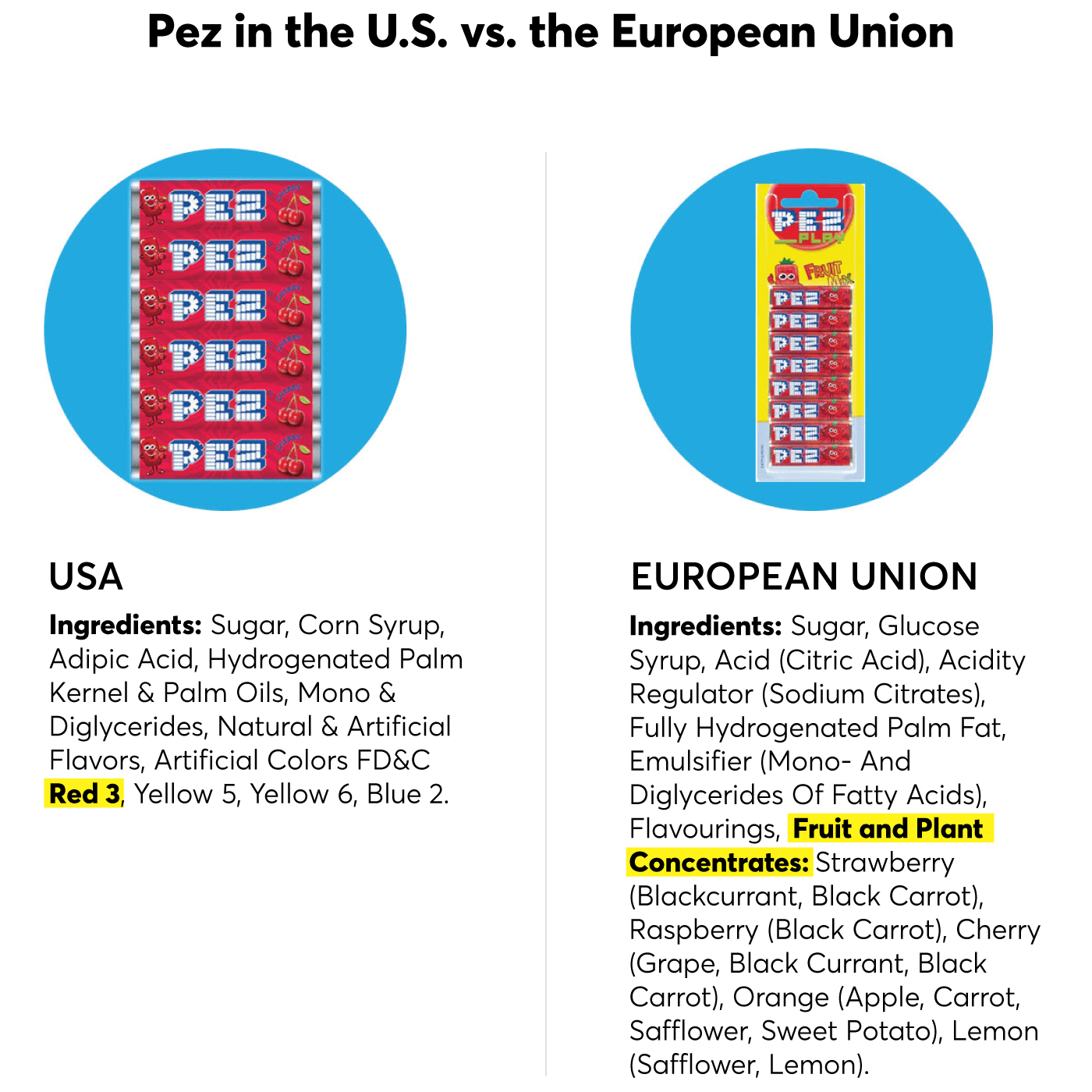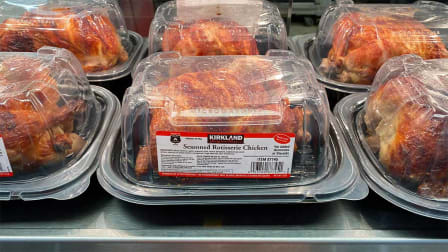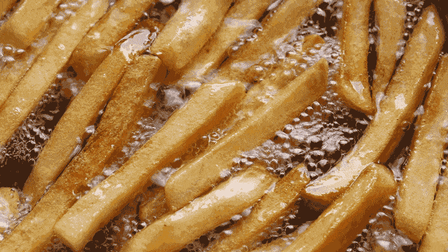No, California Is Not Trying to Ban Skittles
But a proposed law in the state could encourage companies to reformulate their products without certain harmful ingredients, as many already have in Europe

Update: Update: On Oct. 7 2023, Governor Gavin Newsom signed the California Food Safety Act, the first law in the U.S. to ban four harmful chemicals from being used as additives in foods sold and produced in the state (read more about the ban). Those chemicals are brominated vegetable oil, potassium bromate, propyl paraben, and Red Dye No. 3. A fifth chemical, titanium dioxide, was dropped from the bill during the legislative process. Use of these chemicals in foods remains legal elsewhere in the U.S., though a bill similar to California’s has been introduced in the New York state legislature.
Original article: Headlines about a recently proposed California state law might give the impression that police may soon be patrolling the streets, snatching candy from the mouths of babes.
“California law could ban sale of candies like Skittles, Pez,” wrote the NY Post. “Californians who have a sweet tooth could soon be out of luck,” said the San Joaquin Valley Sun. Other media outlets warned about potential bans of Sour Patch Kids, Nerds, certain varieties of Campbell’s soup, and “other popular snacks.”
In fact, the bill, known as AB-418, is aimed not at specific products but at five chemicals that have been linked to a range of serious health problems yet continue to be used in food in the U.S. They are: brominated vegetable oil (BVO), potassium bromate, propyl paraben, Red Dye No. 3, and titanium dioxide.


Pez appears to be another company that continues to use one of the five targeted chemicals—Red Dye No. 3, in this case—in products sold in the U.S. and Canada, while selling a version in the E.U. and much of the rest of the world without it. That ingredient, also known as FD&C Red No. 3 and Red Dye 3, is a food coloring used to give a bright, cherry-red color to thousands of food products now on U.S. shelves, including candies, baked goods, snacks, and cereals. It has been found to cause cancer and thyroid tumors in lab animals and has been linked to hyperactivity and other neurobehavioral effects in children. Health effects like these led the Food and Drug Administration to ban its use in cosmetics more than 30 years ago.
In Europe, Pez are colored with fruit and plant concentrates, including blackcurrants, carrots, grapes, and sweet potato.
Pez referred CR to a statement from the National Confectioners Association, which says the organization strongly opposes “AB 418 because there is no evidence to support banning the ingredients listed in the bill” and maintains that all five have all been approved by the FDA.
The agency reviewed most of the chemicals decades ago, but CR’s food safety experts say the science has changed dramatically since then. BVO was last meaningfully reviewed by the FDA for safety in 1977; potassium bromate in 1973; propyl paraben in 1977; Red Dye No. 3 in 1982; and titanium dioxide in 1966.
Meanwhile, other manufacturers have removed the targeted chemicals from their products.
In 2015, Campbell’s announced plans to remove artificial colors and flavors from nearly all of its North American products by the end of fiscal 2018. The company says on its website that it has made “significant progress” toward that goal but has since had to “pause and reassess our plans” after a series of acquisitions added new brands to the company’s portfolio. A company spokesperson says it currently uses titanium dioxide in two products, Chunky Healthy Request Chicken Corn Chowder and Chunky Healthy Request New England Clam Chowder, to “make the food more visually appealing” and “we continue to look at alternative solutions.”
The Coca-Cola Company and PepsiCo both agreed in 2014 to stop using BVO, which has been linked in animal studies to neurological, thyroid, heart, and liver problems, as well as behavioral, developmental, and reproductive issues. The substance functions as an emulsifier in citrus-flavored beverages to prevent the flavor oils from separating. Coca-Cola no longer uses BVO in Fanta and Fresca, while Pepsi removed it from Mountain Dew and Gatorade.
Red Dye No. 3 Banned From Food
Read more about the FDA’s move.
According to a database maintained by the Environmental Working Group, however, BVO remains an ingredient in about 70 sodas and beverages. That includes Sun Drop, made by Keurig Dr Pepper, as well as citrus-flavored sodas sold under private label or store brand names, such as Food Lion and Super Chill. Food Lion told CR it is reviewing its use of BVO. Keurig Dr Pepper told CR that BVO “is safe [and] permitted by the FDA.” A spokesperson for Super Chill says that if the California bill becomes law, the company "will take necessary action with our supply chain partners" to comply with it.
While a handful of well-known brand-name products still contain the chemicals targeted by the California law, they appear to be more often included in generic, regional, store brand, or private label brand names. Of the 190 products listed in the EWG database as containing potassium bromate, for example, relatively few appear to be produced by well-known national brands.
“Given that many of these private label brands are found in discount stores in predominantly low-income neighborhoods, they literally put a price on lowering your risk of toxic food chemicals exposure,” says Brian Ronholm, director of food policy for CR. “The ability to avoid toxic food chemicals shouldn’t be income-based.”
Consumer advocates are hopeful that if the proposed California law passes, it will encourage manufacturers to reformulate their products using safer ingredients throughout the U.S., as many have already done in Europe.
Meanwhile, the best way to avoid these chemicals is to read the ingredient list of the foods you eat. If they’re in there, they must be listed.
You can also look up ingredients of thousands of food products, and search them by brand or category, using the EWG’s Food Scores database. Of course, looking up everything can be exhausting, so keep in mind the kinds of foods these additives are often used in: candy, sodas, packaged breads, tortillas, cookies and other baked goods, and shredded cheese, and especially in generic store brands.




















